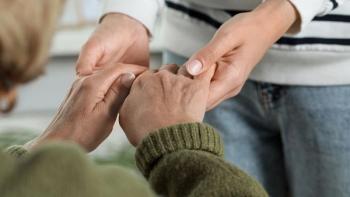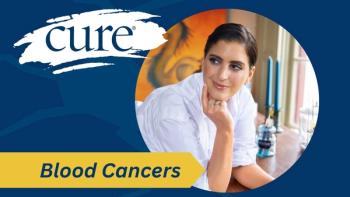
How To Get More Time With Your Oncologist
Appointment time, arriving early, and six other easy things you can do to optimize your time with the oncologist
It’s a problem many of us face: Oncologist appointments that seem far too short for the many concerns we have. Doctors are often in a rush for reasons both of their own doing and not, patients may run late due to their own poor time management or factors outside their control, hospitals may inadvertently (or not) urge physicians to see many more patients than is reasonable for best care.
Given all those factors and my own years-long experience of trying — and sometimes failing — to remain calm when waiting room times approach the unreasonable, I had to smile as recent headlines wove their way to me. Did you know that scheduling an appointment early in the day is likely to reduce wait time at the doctor’s office? Anyone who’s spent even a limited amount of time waiting long past the scheduled appointment quickly learns to aim for the earliest possible appointment.
Johns’ Hopkins researchers recently published the results of a study looking at various patient behaviors, clinic congestion, and clinician behavior (
The study also found, though, that physicians adjusting their behavior so that each patient receives the same (or approximately the same) amount of time with the doctor results in a smoother running clinic, possibly because schedulers know what to expect.
We all know that there are visits when things happen, like unexpected test results that mean far more questions, or another patient has a reaction that requires all-hands-on-deck, for example, but the idea that a standard amount of time should be spent with each patient is interesting. I have been the patient getting more than her allotted time. But I have also been the patient who gets just a few minutes with my doctor when my appointment clearly states 30 minutes are scheduled. Rarely do I resent it, but I am not perfect and there have been times when I’ve craved a more time with the expert.
The Johns Hopkins research also indicated that by arriving early, you may get more time with the doctor. I’m watching the clock as I write this to put that into practice. This hasn’t been my experience but maybe I don’t arrive early consistently enough. A change in my behavior may be the ticket to more time.
Until all clinics run perfectly smoothly and there are no unexpected events, there are behaviors that patients can practice to optimize time with the doctor even if time is cut short.
Get there early. It bears repeating: If you can arrive on time or early, it helps the practice run smoothly and, according to that recent research, may even give you a little more time with the doctor.
Write out your questions. Whether it’s one question or 10, write them out ahead of time. This will allow you to stay focused even if you start to feel like the doctor is hurrying. I’ve found that by asking questions, it gives the doctor a chance to slow down and consider me as an individual. If it is possible to get those questions into the hands of the doctor before the appointment, it may even give her a chance to do a little research so answers are more complete.
Don’t blindside the doctor. I admit to being guilty of this—a problem that has been stretching out for months without my mentioning it suddenly becomes a big deal when the doctor hears the whole story. Be honest and open and vocal about side effects and other issues. If you have a problem that you are choosing to ignore because other things seem more important, you are not informing your doctor in the manner she needs to give you the best treatment.
Bring a friend. It’s true: A second pair of ears hears things you miss. If you want to bring a relative or friend, do it. That person can take notes as you listen, ask questions that you might not think of in the moment, and be there to offer comfort. Let your friend know what the visit is about and what your concerns are ahead of time. If you’ve written down questions/concerns, give a copy of those to her so she can be your back-up if something falls by the wayside.
Be informed. Although I’m not a big fan of a lot of what patients find online (out-of-date statistics bother me the most), it is a good idea to know about what possible treatments your doctor may recommend and to have an idea about standard-of-care. Knowing these things lets you ask questions that will help the doctor answer in more specific ways, providing details about side effects for example.
Patient, know thyself. If you are concerned about specific symptoms/side effects, let the doctor know as much as possible about what you are actually experiencing. When is the pain worst, how soon after chemotherapy do you have a problem, how long does the symptom last, etc. The more information you can provide — by keeping track before you get in to the doctor’s office — the more likely it is that the doctor will be able to help you find the best course of action.
Few visits with a doctor are perfect, but many times the things we’ve done as patients are at least partially responsible for those times when we walk out dissatisfied. As a person with cancer, you’ll have a lot of chances to be the best possible patient—a goal I continue to strive toward.




